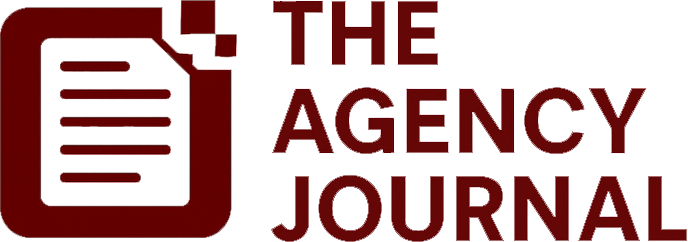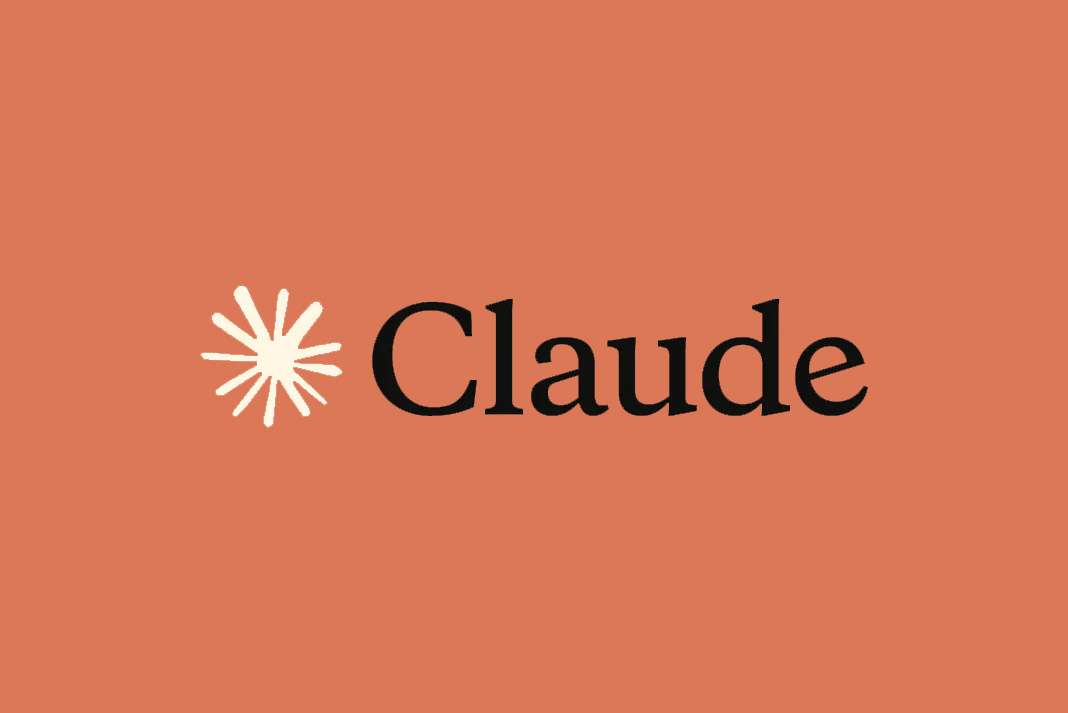Use Case 1: Automated Patient Intake Agent for Healthcare Providers
What is it?
In the fast-paced world of healthcare, patient intake can often feel like a bottleneck, consuming precious time and resources. This AI Agent streamlines the process by automating initial patient interactions through chat interfaces or forms. The result? Quicker processing times, fewer errors, and a more satisfying experience for patients walking through the door or logging in from home.
Tools & Technologies Used
| Tool | Purpose |
|---|---|
| GPT-4o | Used to interpret patient responses and generate accurate follow-up questions |
| Zapier | Integrates with hospital software for seamless data entry and notifications |
| LangChain | Orchestrates the workflow across different AI agents |
Workflow Purpose – What the Agent Does at Each Step
- Capture Intent: The agent greets the patient via chat or form, capturing their intent to schedule a visit or get medical advice.
- Understand Context: It classifies the patient’s condition based on the information provided, asking clarifying questions as needed.
- Data Enrichment: The agent connects to internal systems like EHRs (Electronic Health Records) to fetch the patient’s history if available.
- Action or Resolution: It schedules appointments directly in the hospital’s calendar system or documents the intake information in the EHR.
- Accountability & Feedback Loop: The AI logs the interactions, and practitioners can review inputs for accuracy, ensuring high-quality care.
Use Case 2: AI-Driven Medication Management Assistant
What is it?
Medication adherence is a struggle for many patients, but this AI agent simplifies the process. It reminds patients when to take their medications, reduces the likelihood of missed doses, and serves as a handy reference for any questions they may have. This not only improves patient health outcomes but also reduces healthcare costs related to non-adherence.
Tools & Technologies Used
| Tool | Purpose |
|---|---|
| Claude | Provides conversational support and reminders |
| Make | Automates communication via SMS or app notifications |
| RAG (Retrieval-Augmented Generation) pipelines | Enables the agent to pull relevant medication information quickly |
Workflow Purpose – What the Agent Does at Each Step
- Capture Intent: Upon setup, the agent collects medication schedules from the patient.
- Understand Context: It confirms the types of medications and their dosages.
- Data Enrichment: Accesses the pharmacy’s database to confirm that medications are in stock.
- Action or Resolution: Sends timely reminders through SMS or a dedicated app prior to scheduled doses.
- Accountability & Feedback Loop: Patients can provide feedback on their adherence, which helps improve future interactions.
Use Case 3: Virtual Health Assistant for Chronic Disease Management
What is it?
This AI agent focuses on supporting patients with chronic illnesses, providing education, emotional support, and monitoring. It’s like having a health coach at your fingertips, always ready to offer tips or answer questions while helping to keep patients engaged in their own care.
Tools & Technologies Used
| Tool | Purpose |
|---|---|
| AutoGen | Generates tailored health advice based on individual patient profiles |
| Superagent | Manages various health-related queries and escalations |
| GPT-4o | Used for generating conversational prompts and responses |
Workflow Purpose – What the Agent Does at Each Step
- Capture Intent: The agent interacts with patients to identify their immediate health concerns or questions.
- Understand Context: It analyses patients’ health information to provide personalised recommendations.
- Data Enrichment: Pulls in clinical guidelines from trusted sources to ground its advice.
- Action or Resolution: Provides appropriate self-management tips and, when necessary, urges the patient to contact their healthcare provider.
- Accountability & Feedback Loop: Gathers patient feedback to refine its recommendations and interactions over time.





